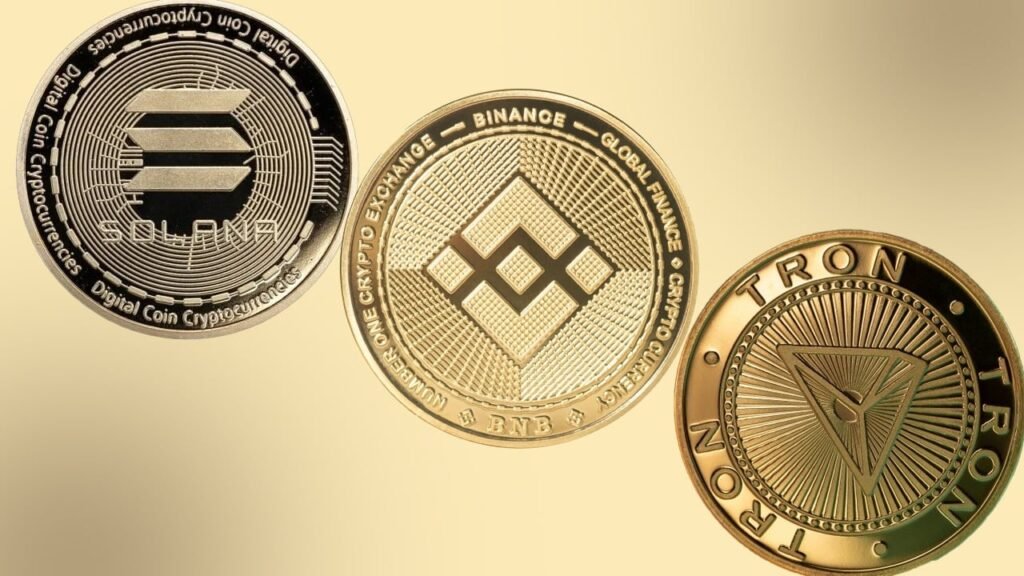In September 2024, the cryptocurrency market saw a significant growth in the value of the top ten layer one (L1) blockchains, reaching a total of $1.66 trillion. This accounts for a substantial portion of the overall $2.03 trillion crypto economy. Bitcoin and Ethereum, the two largest L1 chains, also experienced record-breaking highs in daily confirmed transactions.
Despite the success of Bitcoin and Ethereum, there are still challenges that these chains face. One major issue is the high energy consumption required for mining, especially in the case of Bitcoin. This has led to growing concerns about the environmental impact of these blockchains. Additionally, scalability remains a significant hurdle for both Bitcoin and Ethereum, as they struggle to meet the increasing demand for transactions.
As a result, other layer one blockchains are gaining traction in the market, offering solutions to some of the challenges faced by Bitcoin and Ethereum. These alternative blockchains, such as Solana and Binance Smart Chain, have gained popularity for their faster transaction speeds and lower fees. This has led to increased competition in the L1 blockchain space, as users seek out more efficient and sustainable solutions.
One notable trend in the L1 blockchain space is the rise of decentralized finance (DeFi) applications. These platforms allow users to access a range of financial services, such as lending and trading, without the need for traditional intermediaries. DeFi has seen tremendous growth in recent years, with total value locked in DeFi protocols surpassing $100 billion. This trend is expected to continue as more users turn to DeFi for its efficiency and accessibility.
Another key development in the L1 blockchain space is the emergence of non-fungible tokens (NFTs). These unique digital assets have gained popularity for their ability to represent ownership of digital content, such as art and collectibles. NFTs have created new opportunities for creators and collectors, as well as new challenges related to copyright and intellectual property rights. As the NFT market continues to expand, L1 blockchains will play a crucial role in facilitating the creation and trading of these digital assets.
Overall, the L1 blockchain space continues to evolve and grow, with new technologies and innovations driving the industry forward. While Bitcoin and Ethereum remain dominant players, other blockchains are gaining traction by offering solutions to the challenges faced by these legacy chains. As the market becomes more competitive, users can expect to see a wider range of options for their blockchain needs, from efficient transaction processing to innovative DeFi and NFT applications.


